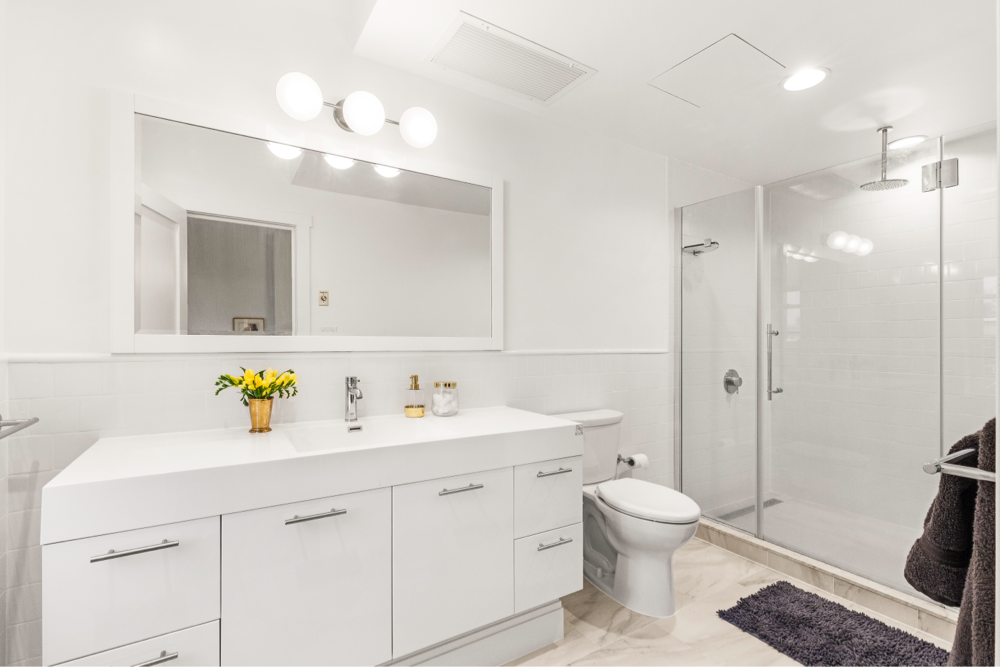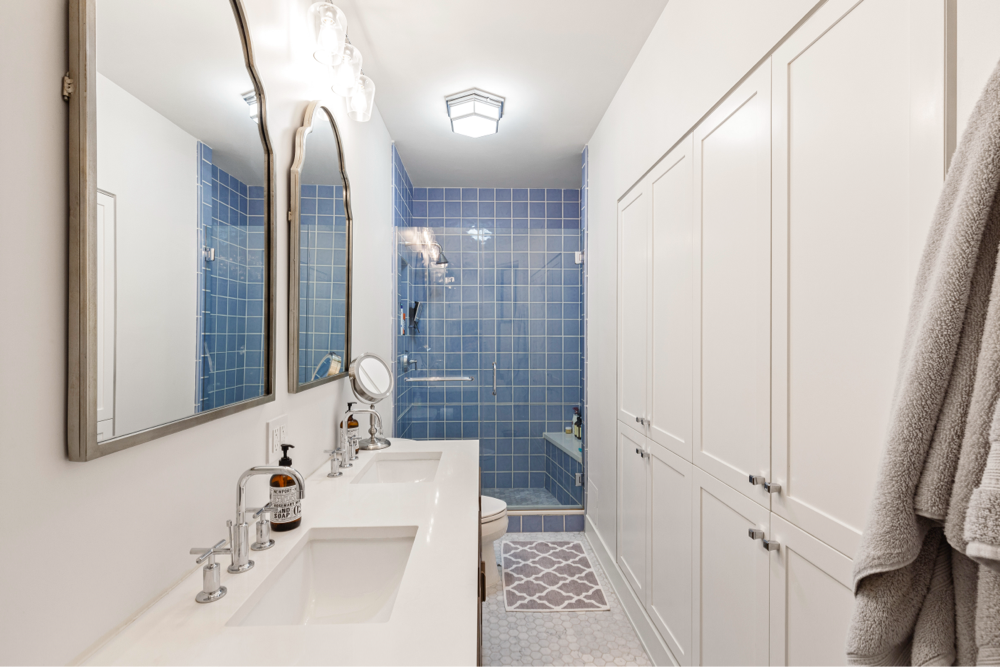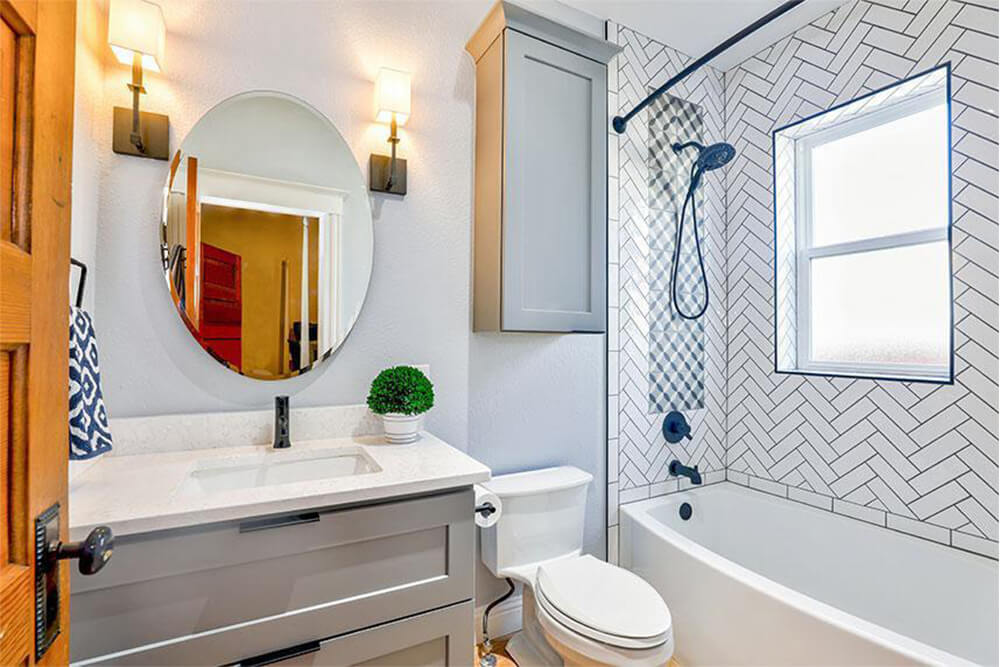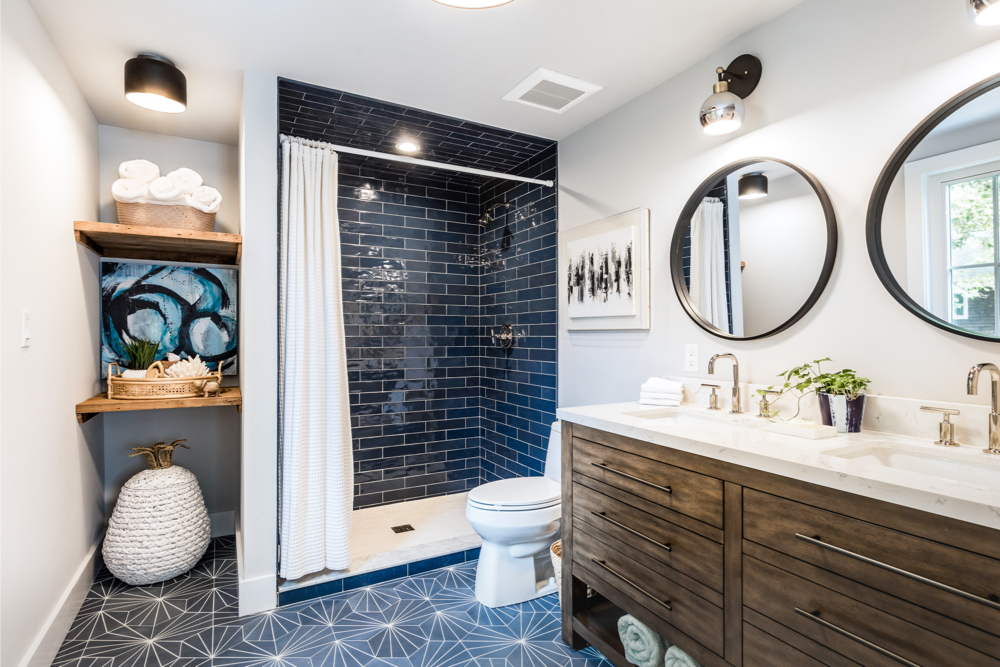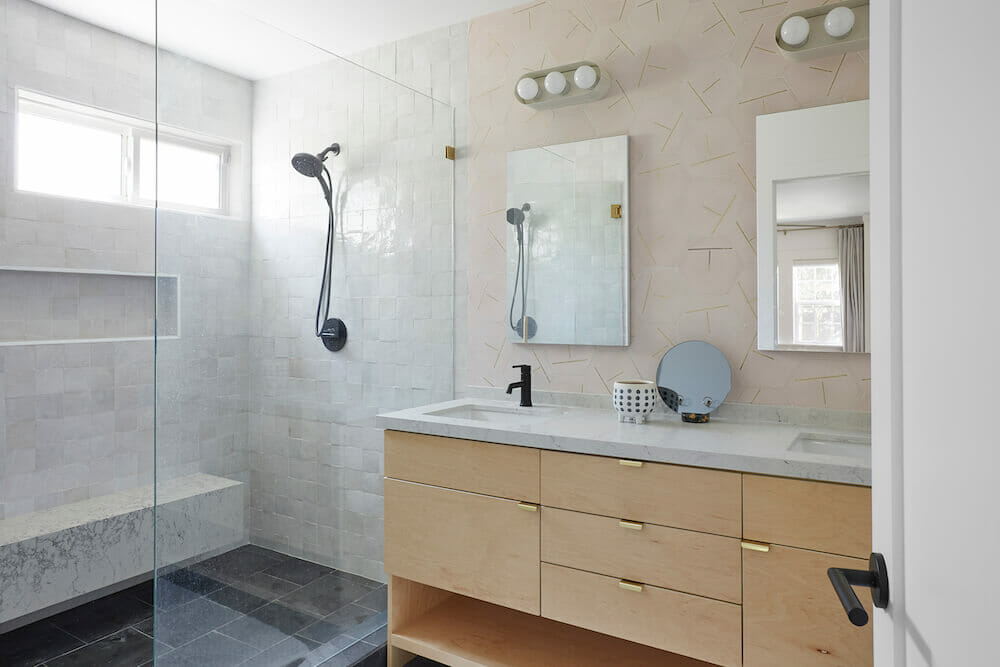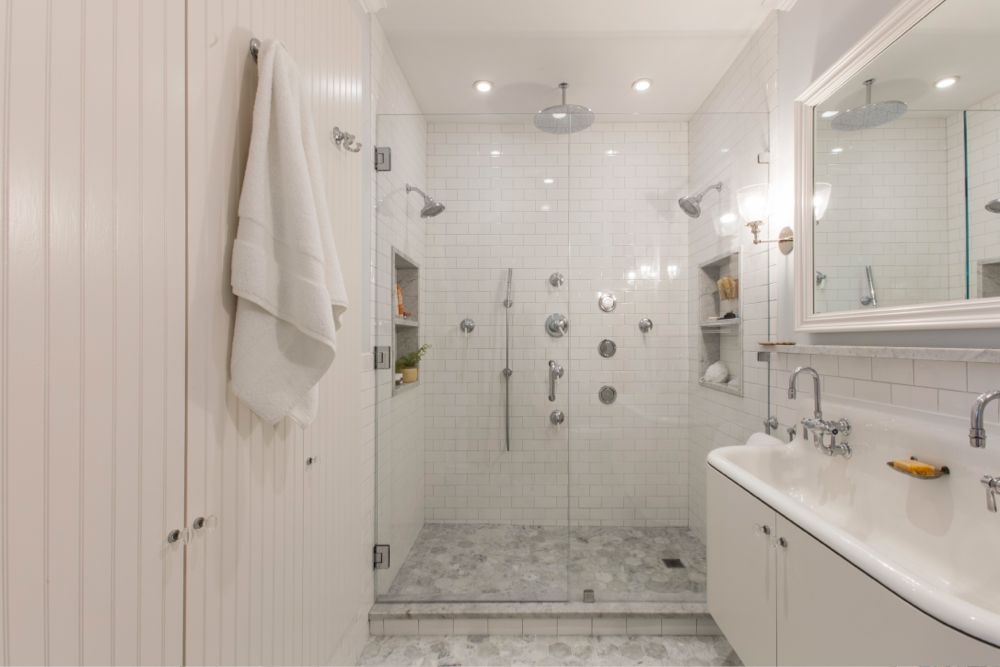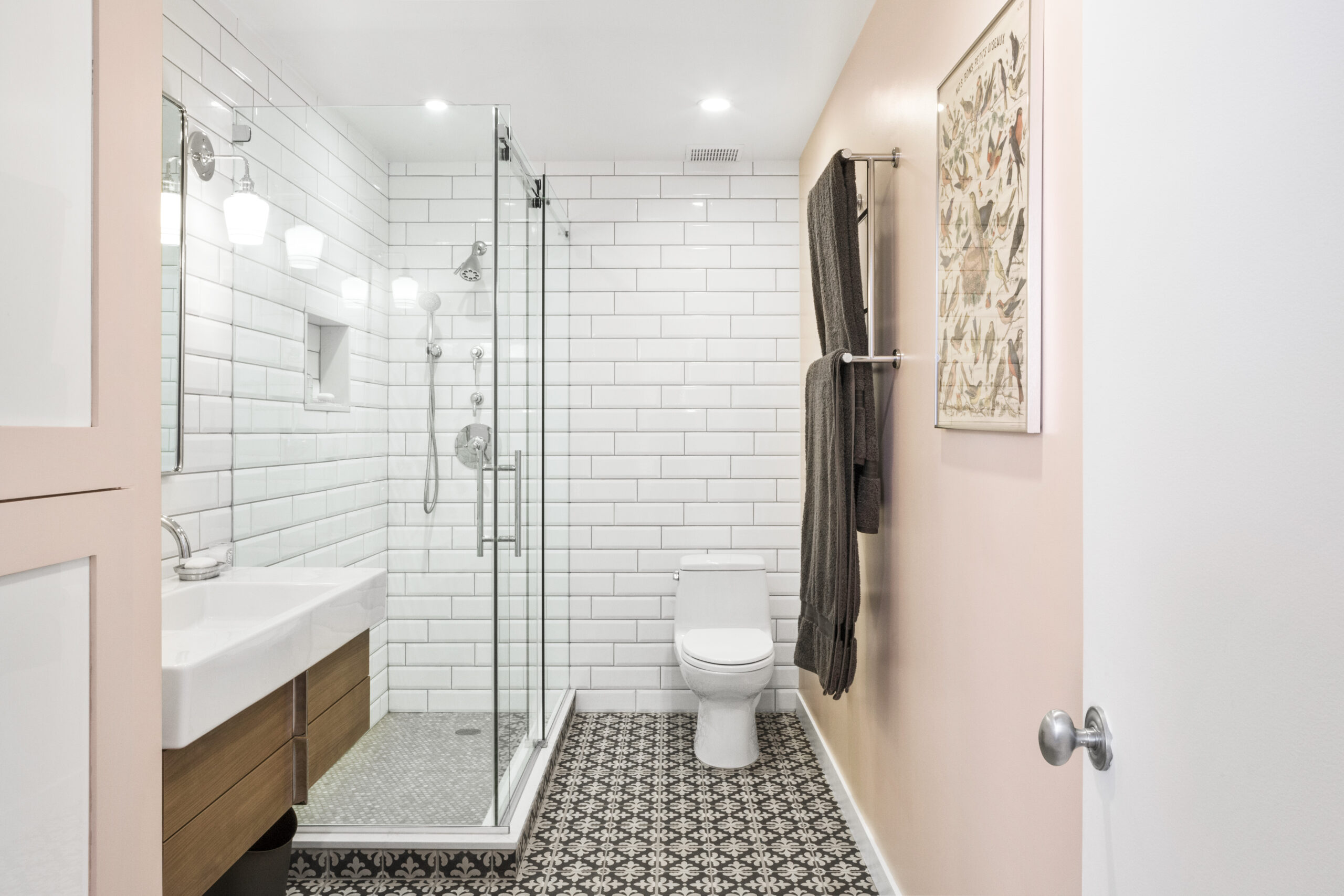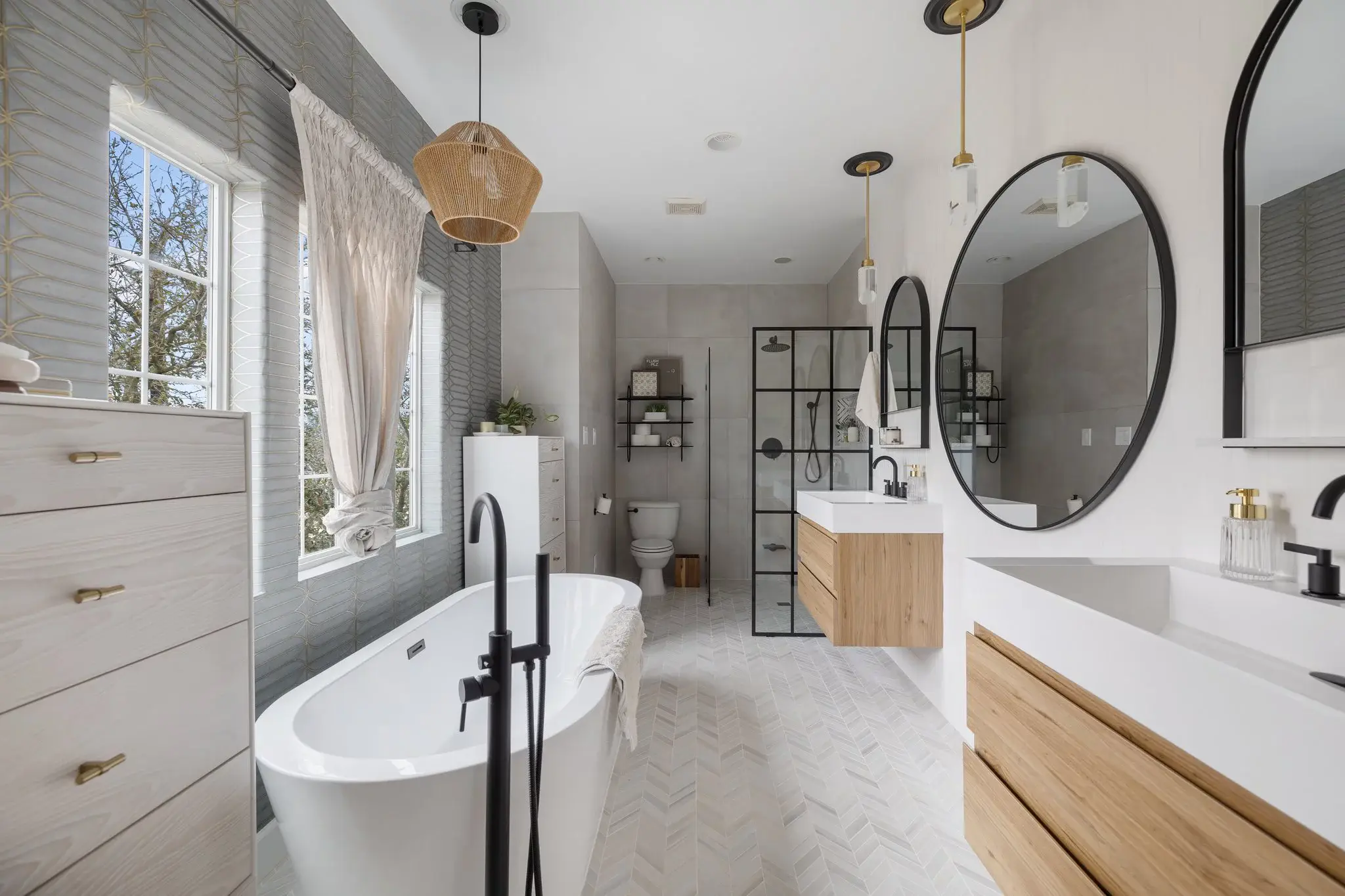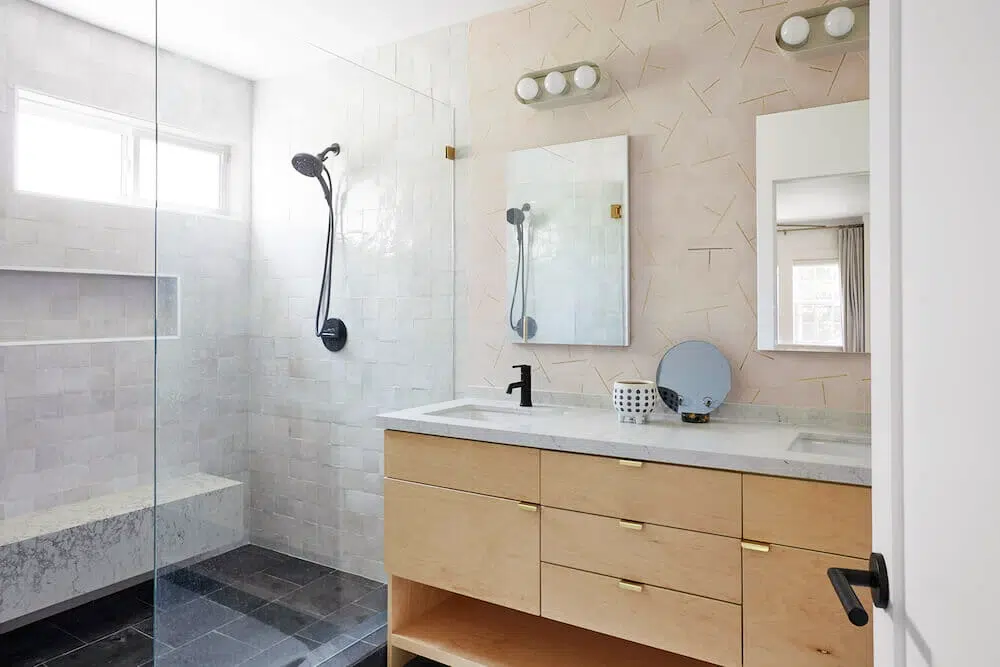How Much Does It Cost to Retile Your Bathroom?
For many homeowners, the dream of a refreshed bathroom often begins with the gleam of new tile, promising a cleaner aesthetic and renewed vitality for one of the home’s most essential spaces. Yet, the tangible vision quickly confronts the practical question of expense. Understanding the financial contours of a bathroom retiling project, from material selection to labor, is paramount for those contemplating this common, yet often underestimated, undertaking.
While the specifics of any bathroom retiling endeavor are unique, a general financial landscape can be sketched to guide initial expectations.
- Average Project Cost: Homeowners typically see an average expenditure of $2,000.
- Common Project Range: For most standard renovations, costs frequently fall within the $450 to $8,000 bracket.
- Full Spectrum of Possibility: Depending on the complexity and ambition, a project could be as modest as $250 or ascend to $10,000+.

Subway tile
The Influence of Bathroom Dimensions
It stands to reason that the sheer surface area requiring new tile will be a primary determinant of cost. A compact powder room, perhaps a mere 20 square feet, will naturally demand less in both materials and labor than a sprawling master bathroom exceeding 100 square feet, which may encompass not only floors but also extensive shower walls, tub surrounds, and decorative accents. Larger spaces necessitate more tiles, more adhesive, more grout, and, critically, more hours of skilled labor, directly escalating the project’s bottom line. Sweeten brings homeowners an exceptional renovation experience by personally matching trusted general contractors to your project, while offering expert guidance and support—at no cost to you. Renovate expertly with Sweeten
Post your project on Sweeten for free and make your dream renovation a reality. Sweeten simplifies home renovation by connecting homeowners with top-rated general contractors, handling the vetting process and project management. To learn more about how we can help, check out our home renovation services.
The Calculus of Material Selection
The tile itself often represents a significant portion of the material budget, and its price per square foot varies dramatically.
- Ceramic and Porcelain: These are generally the most economical choices, offering durability and a vast array of styles. They are budget-friendly, typically ranging from a few dollars to $15 per square foot.
- Natural Stone: Marble, granite, travertine, and slate impart a luxurious feel but come at a higher price, often between $10 and $50 per square foot, with some exotic varieties exceeding this. Their inherent weight and porosity can also necessitate more specialized installation techniques and sealing.
- Glass and Mosaic: Known for their aesthetic appeal and unique light reflection, these can be on the higher end, from $15 to $100 per square foot, and their intricate installation often increases labor costs.
- Luxury and Custom Tiles: Beyond these categories lie bespoke options, handmade tiles, or those with complex patterns, which can command premium prices, pushing the upper limits of the material budget.
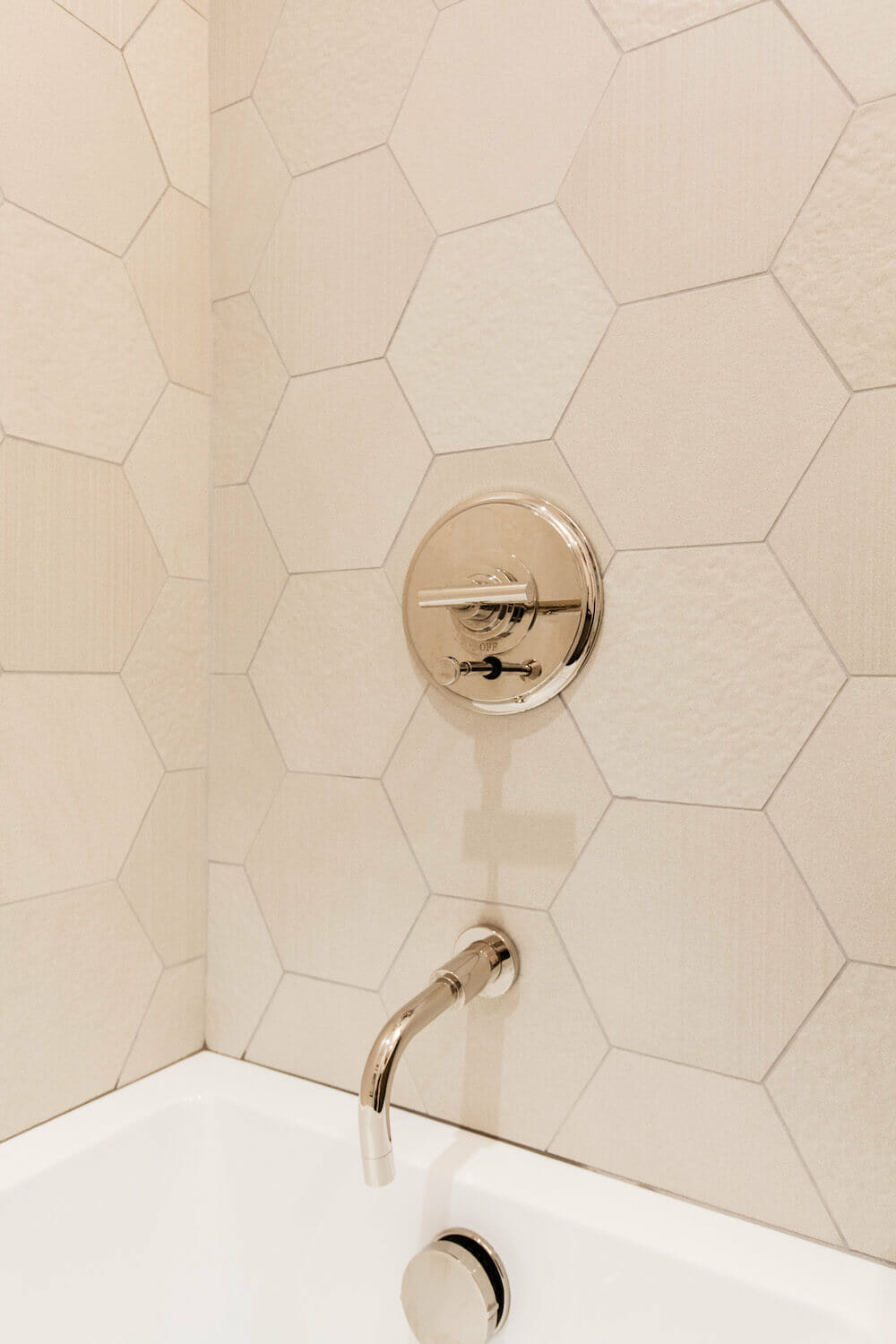
Beyond the tile itself, the choice of grout, adhesive, and any necessary waterproofing membranes also contributes to the material costs, albeit to a lesser degree.
The Weight of Labor Costs
The expertise required for tile installation is not trivial; it demands precision, patience, and experience. Labor often accounts for the largest portion of the total retiling cost, typically representing 60% to 70% of the project.
- Demolition and Preparation: Removing old tile is messy and time-consuming. Any necessary subfloor repairs, leveling, or extensive cleaning add to the labor hours.
- Installation Complexity: Laying a simple grid pattern on a flat floor is less labor-intensive than intricate mosaic patterns, herringbone layouts, or tiling around complex curves and niches in a shower. Each cut and alignment requires meticulous attention.
- Regional Variations: Labor rates can fluctuate significantly based on geographic location and the demand for skilled tradespeople in a given market.
- Contractor Experience: Highly experienced and reputable tile setters or general contractors, while potentially commanding higher hourly rates, often deliver superior quality and efficiency, potentially mitigating long-term issues.
Here’s how Sweeten works: We pre-screen them for our network, carefully select the best ones for your remodeling project, and work closely with hundreds of general contractors every day.
The Scope’s Defining Parameters
The scope of a bathroom retiling project is perhaps the most influential factor in determining its ultimate cost, separating a minor refresh from a full-scale overhaul.
- Simple “Rip and Replace”: This involves removing existing tile and installing new tile on the same surfaces, without altering the underlying structure. This is often where projects land in the lower to middle of the cost range.
- Subfloor or Wall Repair: If the existing subfloor or walls are damaged by water, rot, or settling, these structural repairs must be addressed before new tile can be laid. This adds both material and labor costs.
- Waterproofing: For showers and wet areas, proper waterproofing is crucial to prevent future damage. While an added expense, it’s a non-negotiable for longevity and integrity.
- Layout Changes or Custom Features: Moving plumbing fixtures, installing custom shower benches, or creating recessed shelves (niches) in a shower wall introduce additional complexities for multiple trades—plumbers, carpenters, and then the tile setter—significantly elevating the project’s cost and pushing it towards the higher end of the spectrum.
- Permitting: Major structural or plumbing changes will require local permits, adding administrative fees and potentially design costs for architectural drawings.
Retiling a bathroom is more than a superficial upgrade; it is an investment in the home’s durability, functionality, and aesthetic appeal. While the average cost provides a useful benchmark, understanding the granular factors—from the humble ceramic square foot to the intricate labor involved in a custom layout—allows homeowners to approach the project with informed expectations.
By carefully weighing dimensions, material aspirations, labor expertise, and the true extent of the work required, one can navigate the financial realities and transform a utilitarian space into a personal sanctuary, tiled to perfection.
Planning to renovate? Get cost estimates from our GCs for free!
Get matched with our vetted general contractors and receive at least 3 quotations for free! You can also find endless home renovation inspiration, detailed guides, and practical cost breakdowns from our blogs.
